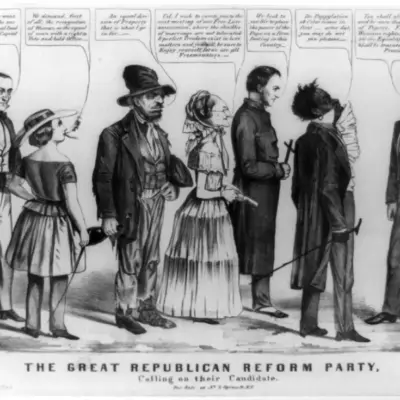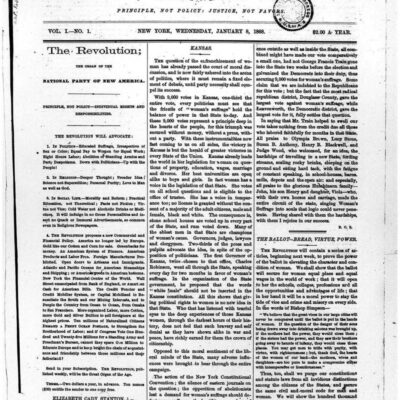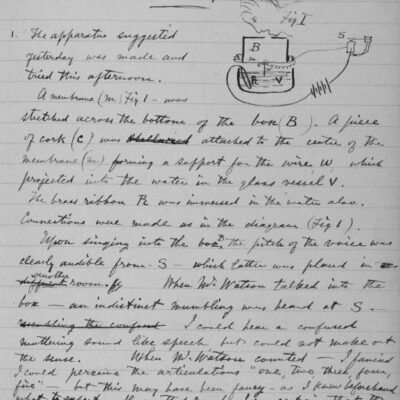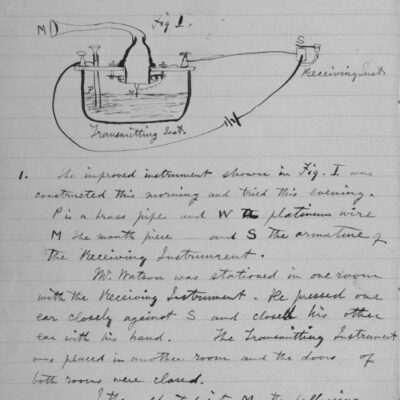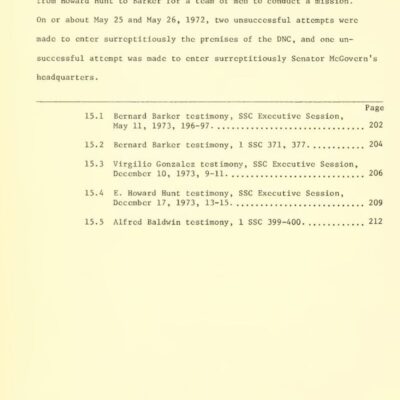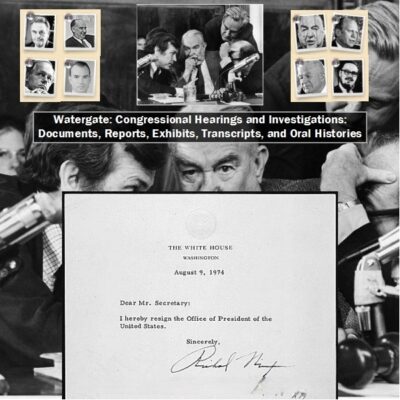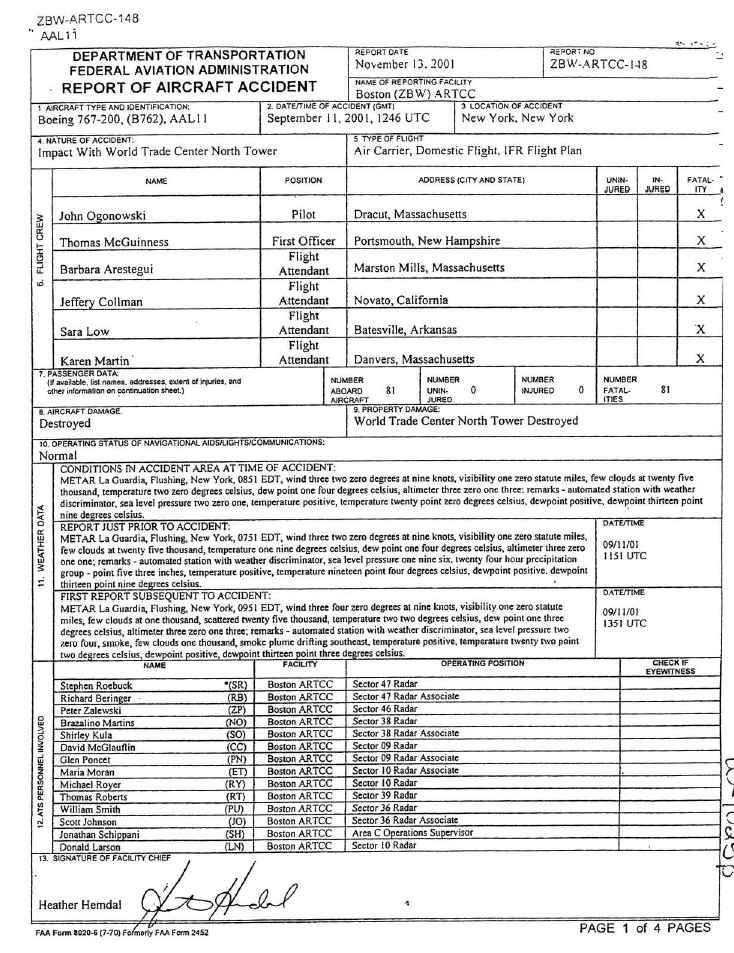
9/11 Terrorist Attacks: FAA & NTSB Documents
$19.50
Description
This collection comprises a substantial amount of documentation related to the aviation aspects of the September 11th, 2001 terrorist attacks. The documents, totaling over 636 pages, originate from the Federal Aviation Administration (FAA), the National Transportation Safety Board (NTSB), and the 9/11 Commission. The material includes detailed analyses of the events, offering a comprehensive look into the air traffic control communications and flight paths of the hijacked planes.
A significant portion of the archive consists of 520 pages of FAA, NTSB, and 9/11 Commission reports and records. This section provides a broad overview of the events from multiple perspectives. A separate 116-page document focuses specifically on flight path studies and air-ground communications transcripts from the four hijacked flights. These transcripts, meticulously compiled from recordings made at various air traffic control towers and centers, provide a verbatim record of the conversations between pilots and air traffic controllers leading up to and during the hijackings. The accuracy of these transcripts is ensured by their certification and analysis in the NTSB’s audio laboratory.
Further enhancing the understanding of the events are detailed flight path studies. These studies, based on radar data, graphically reconstruct the trajectories of American Airlines Flights 11 and 77, and United Airlines Flight 175. Maps, altitude profiles, and radar ground tracks are used to visually illustrate the hijackings, pinpointing the moments when the hijackers seized control of the aircraft.
Finally, a dedicated report analyzes the data recovered from the digital flight data recorder (DFDR) of United Airlines Flight 93. This is particularly valuable as Flight 93 was the only 9/11 flight from which a DFDR was recovered. The report provides a thorough graphical analysis of the flight data, confirming the proper functioning of the recorder and offering insights into the events leading up to the crash in Shanksville, Pennsylvania. The inclusion of a 9/11 Commission staff report on FAA failings completes the collection, offering critical analysis of the agency’s role in the events of that day. A 120-page supplementary report, authored by the staff of a 9/11 Commission subcommittee, offers a more granular examination of pre-9/11 intelligence than the main Commission report released in July 2004. This detailed analysis, though completed just a month after the public report, wasn’t made accessible to the National Archives until the following year. The delay in its release to the public is noteworthy.
The staff report’s key contribution lies in its profound exploration of the intelligence briefings received by federal aviation authorities regarding the escalating threat of terrorist attacks. The report highlights the alarming complacency within the civil aviation system, a complacency that is particularly jarring given the numerous warnings, including those generated by the FAA’s own security division, about the increasing risk of terrorism against air travel throughout the 1990s and into the 21st century. The report underscores the disconnect between the known risks and the actual security posture.
The document meticulously details the events surrounding American Airlines Flight 11, United Airlines Flight 175, American Airlines Flight 77, and United Airlines Flight 93, providing a chronological account of each flight’s trajectory. Moreover, it delves into the hijackers’ methods and the state of civil aviation security protocols at the time of the attacks, providing a comprehensive overview of the security failures.
The report reveals that federal aviation officials were repeatedly alerted to the dangers posed by Osama bin Laden and al-Qaeda, with some warnings even mentioning hijackings and suicide attacks, though not necessarily targeting aviation specifically. Specifically, the FAA’s internal security branch submitted 52 intelligence reports mentioning bin Laden or al-Qaeda between April and September 10, 2001. However, the report concludes that despite this intelligence, there’s no evidence suggesting the government possessed specific prior knowledge of a domestic attack on US soil. The intelligence, while alarming, primarily focused on threats outside of the United States. Even though this information was available, internal staff reports reveal that a warning issued by the Federal Aviation Administration (FAA) in the spring of 2001 to US airports suggested that suicide attacks, rather than hostage situations, were a more likely scenario for domestic hijackings. This communication implied that a domestic attack might be the preferred method for hijackers aiming for a large-scale, deadly explosion. The report further criticizes the FAA, stating that this warning, along with other intelligence pointing toward an imminent and serious threat, led to a dangerous complacency and a failure to significantly enhance airport security measures before September 11th. Essentially, the FAA’s assessment and the existing intelligence were disregarded, resulting in a lack of preparedness.
The released 9/11 Commission documents, totaling 63 pages, provide additional context surrounding the hijackers’ travel. These documents include a collection of visa applications and other immigration records belonging to several key 9/11 hijackers, such as Mohamed Atta, Ramzi Binalshibh, Ziad Jarrah, Hani Hanjour, and others. The collection also features photographs of these documents, including a damaged visa recovered in Pennsylvania. The documents offer a detailed look at the official documentation used by the hijackers to enter and move within the United States.
Another report from the 9/11 Commission, titled “The Saudi Flights,” meticulously details the departure procedures of Saudi Arabian citizens from the United States in the aftermath of the attacks. This includes a thorough examination of the security measures and passenger screenings implemented on flights departing during this period, particularly focusing on a flight carrying members of Osama bin Laden’s extended family. The report provides a comprehensive account of the security protocols employed and the level of scrutiny applied to passengers and their luggage on these post-9/11 flights. This report delves into the immigration backgrounds of specific individuals linked to terrorism, offering a detailed examination of their journeys to the United States. The research relies heavily on primary sources, including immigration files, court records, and official government reports, with a particular focus on individual Immigration and Naturalization Service (INS) files. The report centers on individuals definitively identified as terrorists or those connected to terrorist acts, such as the September 11th attacks, whose histories were inadequately explored in the 9/11 Commission Report and its subsequent supporting documents.
The analysis also incorporates Federal Aviation Administration (FAA) documents, providing a comprehensive context surrounding the events of September 11th. These FAA records, totaling 221 pages, offer a multifaceted perspective. One key document is a chronology of governmental responses from September 11th to 26th, 2001, detailing the roles played by FAA personnel in managing the crisis and highlighting the collaborative efforts between members of Congress and the executive branch in coordinating a response to the unfolding tragedy. Another crucial document is the New England Region Daily Log, which chronicles the FAA’s actions in the Northeast Corridor following the hijackings. Further enriching the understanding of the FAA’s operational context is the Administrator’s Fact Book, a resource used on September 11th, providing answers to organizational questions regarding the FAA and transportation safety. Finally, the report includes the official FAA Aircraft Accident Report for American Airlines Flight 11 and a summary of the air traffic hijack events of September 11th and 17th, 2001. In essence, this report combines immigration records with aviation records to paint a more complete picture of the individuals involved and the events of that day. This document set comprises a Transportation Security Administration (TSA) report from August 20, 2002, focusing on the criminal acts against civil aviation in 2001, with a particular emphasis on the September 11th hijackings. The report, spanning 69 pages, provides a comprehensive account of these events, incorporating factual data, observations from Federal Aviation Administration (FAA) air traffic controllers, and official commentary. Instead of simply listing events, the report offers in-depth analysis, including statistical trends and patterns of unlawful aircraft attacks worldwide from 1997 to 2001.
One notable section of the report meticulously chronicles the sequence of events during the hijackings, providing a detailed timeline. Specifically regarding United Flight 175, the report highlights the air traffic controller’s divided attention, juggling communication with Flight 175 while simultaneously monitoring American Airlines Flight 11, due to early warnings of a potential hijacking received from the Boston Air Route Traffic Control Center (ZBW). This illustrates the chaotic and rapidly evolving situation faced by air traffic control during the attacks. Furthermore, the report enhances its clarity with visual aids, including radar diagrams illustrating the flight paths of the hijacked aircraft. A summary chart conveniently organizes key events for all four hijacked flights, offering a concise overview of the unfolding tragedy.
Finally, the accompanying digital version of this report provides a searchable text transcript derived from optical character recognition (OCR) of the scanned document images. This allows for easy searching of the entire report’s content across all files, facilitating efficient information retrieval.
9/11 Attacks: A Timeline and Cast of Characters
Timeline of Events (September 11, 2001)
Note: Times are approximate and based on the available FAA/NTSB documentation.
- Pre-9/11:
- Throughout the 1990s and into the early 2000s: Intelligence assessments, including those from the FAA’s own security branch, raised alarms about the growing terrorist threat to civil aviation. Numerous reports specifically mentioned Osama bin Laden and Al Qaeda.
- Spring 2001: The FAA sent a warning to US airports that a domestic hijacking was likely preferable for terrorists intending suicide attacks.
- April to September 10, 2001: The FAA received 52 intelligence reports from its security branch that mentioned bin Laden or Al Qaeda. Emphasis was on overseas threats.
- September 11, 2001:
- 7:59 AM: American Airlines Flight 11 departs from Boston Logan International Airport, bound for Los Angeles.
- 8:14 AM: United Airlines Flight 175 departs from Boston Logan International Airport, bound for Los Angeles.
- 8:14 AM: American Airlines Flight 11 is hijacked over New Jersey. Hijackers gain control of the plane. Transponder is turned off.
- 8:20 AM: American Airlines Flight 77 departs from Washington Dulles International Airport, bound for Los Angeles.
- 8:24 AM: The last radio transmission is received from American Airlines Flight 11.
- 8:42 AM: United Airlines Flight 93 departs from Newark International Airport, bound for San Francisco.
- 8:46 AM: American Airlines Flight 11 crashes into the North Tower of the World Trade Center.
- Approx. 8:50 AM: United Airlines Flight 175 is hijacked.
- Approx. 8:55 AM: American Airlines Flight 77 is hijacked
- 9:03 AM: United Airlines Flight 175 crashes into the South Tower of the World Trade Center.
- 9:37 AM: American Airlines Flight 77 crashes into the Pentagon
- 10:03 AM: United Airlines Flight 93 crashes in a field in Shanksville, Pennsylvania, after passengers and crew fight back.
- Post-Attack (September 11-26): FAA personnel and government officials work together on a coordinated response. FAA compiles a chronology of events.
- Post-9/11 (Later):
- Month after the 9/11 Commission Report: The 9/11 Commission staff report on Federal Aviation Failings was created, detailing intelligence failures.
- Following year: The staff report was declassified.
- Various periods following the attack: The 9/11 Commission released additional documents regarding hijacker travel, including visas and other documents.
Cast of Characters
- Hijackers: These are the individuals who carried out the hijackings, as identified by travel documents mentioned in the material:
- Mohamed Atta: Identified from his visa, driver’s license, and immigration records. Likely the leader of the group and a hijacker on American Airlines Flight 11.
- Marwan al Shehhi: Identified by his application to change his immigration status. Hijacker on United Airlines Flight 175.
- Ziad Jarrah: Identified by his charred visa recovered in Pennsylvania. Hijacker on United Airlines Flight 93.
- Hani Hanjour: Identified by his visa application. Hijacker on American Airlines Flight 77
- Ramzi Binalshibh: Identified by his visa application. Though likely not a hijacker himself, he was an active planner and the 20th hijacker in the original plot.
- Mohand al Shehri: Identified by his visa application. Hijacker on American Airlines Flight 11.
- Ahmad al Haznawi: Identified by his visa application. Hijacker on United Airlines Flight 93.
- Saeed al Ghamdi: Identified by his visa application, immigration arrival record, and customs declaration. Hijacker on United Airlines Flight 93.
- Ahmed al Nami: Identified by his visa application. Hijacker on United Airlines Flight 93.
- Salem al Hazmi: Identified by his USAID identification card. Hijacker on American Airlines Flight 77.
- Khalid al Mihdhar: Identified by his USAID identification card. Hijacker on American Airlines Flight 77.
- Ahmed al Ghamdi: Identified by his Virginia ID. Hijacker on United Airlines Flight 175.
- Other individuals of note:
- Khalid Sheikh Mohammed: Identified by his alias visa application. A key planner of the 9/11 attacks.
- Usama Bin Ladin: Referenced in intelligence reports and the “Saudi Flights” report as the leader of al-Qaeda, who is associated with the terrorist attacks.
- Organizations:
- Federal Aviation Administration (FAA): The agency responsible for air traffic control and aviation safety that is heavily criticized for its lack of action regarding intelligence warnings.
- National Transportation Safety Board (NTSB): The agency that investigated the crashes and produced flight path studies and transcripts.
- 9/11 Commission: The independent commission created to investigate the circumstances of the 9/11 attacks, which produced a main report and various staff reports and other documents.
- Transportation Security Administration (TSA): The agency created after 9/11 to enhance security at airports.
Key Takeaways
- Intelligence Failures: The primary theme is the failure of federal aviation officials to act on clear intelligence warnings about the potential for terrorist attacks, including hijackings, by Osama bin Laden and Al Qaeda.
- Lack of Coordination: The FAA was criticized for being “lulled into a false sense of security” and not implementing adequate security measures.
- Response: The timeline shows the immediate chaos after the hijackings and the subsequent response by various government agencies.
- Post-Attack Analysis: The documents highlight the thorough investigations and analyses performed after the attacks to understand the events and address security vulnerabilities.
